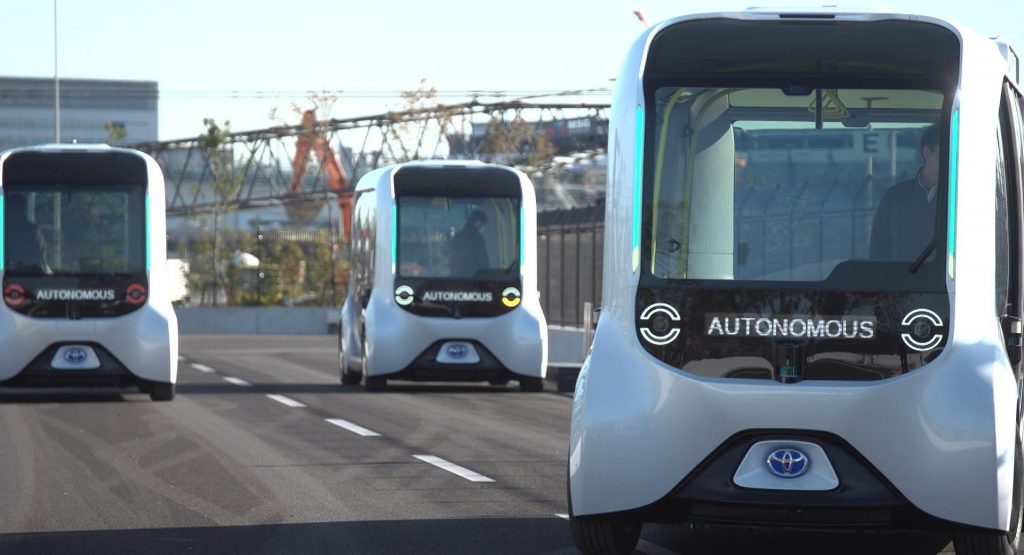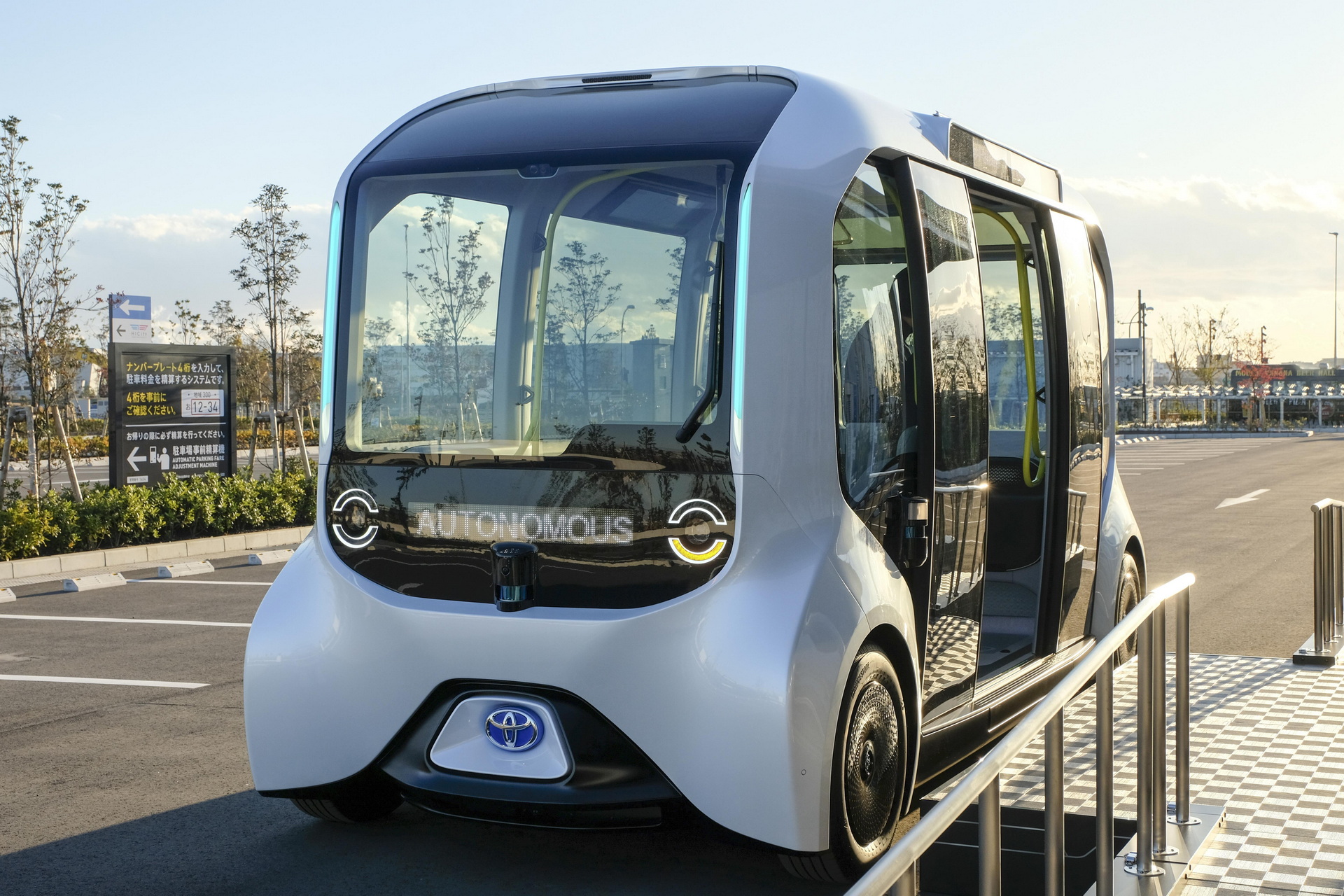Following a low-speed collision last week that pushed Toyota to halt operations of all of its e-Palette autonomous Olympic shuttles, the automaker says the shuttles can be used again, albeit with heightened security measures.
On August 26, Toyota said that one of its e-Palette autonomous vehicles struck a visually impaired pedestrian in the Athlete’s Village at the 2020 Tokyo Paralympic games. The vehicle was only traveling at about 1 mph and the paralympic athlete was taken to the medical center but they were able to walk back to their residence and would still be able to compete in their event.
Today, Toyota revealed the results of its investigation into the incident. The company determined that three factors factored into the incident: the vehicle, the pedestrian, and the infrastructure.
Read More: Toyota Halts e-Palette Self-Driving Vehicle Operations After One Hits Paralympic Athlete
According to the automaker, the e-Palette did detect the pedestrian as it was turning at a T-junction and stopped. The human operator then confirmed that conditions were safe and the vehicle moved again into the intersection. The operator, though, seems to have noticed the person and both they and the vehicle’s automatic braking system tried to stop the vehicle but failed to do so before it ran into the pedestrian.
The situation was complicated by the fact that the pedestrian was visually impaired and that there were only two guide people at the intersection, which also had no traffic signals. Toyota says that this was not enough people to effectively direct all pedestrians and to effectively communicate with the vehicle.
Toyota has come up with three changes to the e-Palette, as well as a few other infrastructure changes that it believes will make it safer. The company will first make the vehicle’s approach-warning sound louder to help make more people aware of it. It has also implemented changes to the manual acceleration and deceleration controls, and it’s increasing the number of crew members.
While the supposedly driverless car will now have more crew members, the Olympic and Paralympic committee will increase the number of guides at intersections from the current six to more than 20.
These guides will be organized into two groups, one to direct vehicles and another to direct pedestrians. The Organizing Committee will also reiterate to all pedestrians in the Athlete’s village what the rules of the walking environment are.
These measures will be implemented as of 3:00 p.m. local time on Tuesday, August 31.










